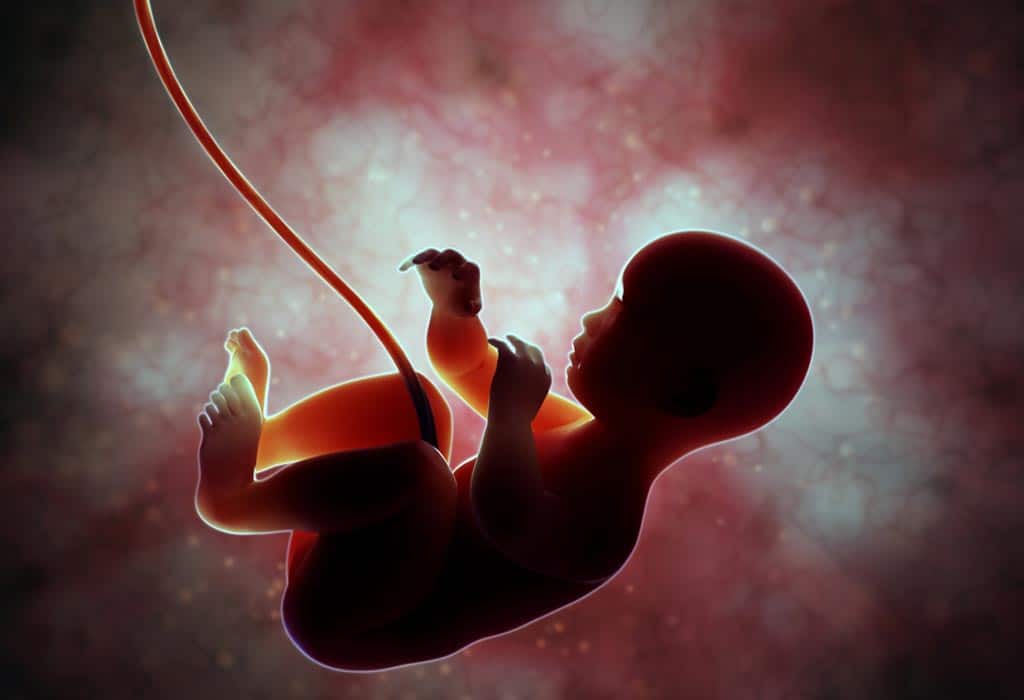
Table of Contents
For any mother, the phase of their pregnancy is exciting & fascinating. It is also very emotional and physically demanding. Mothers who are expecting gain more knowledge about their pregnancy, they rather start to wonder about how the baby is developing inside their womb. A lot of mothers are concerned about how do the baby breathe in the womb?
You could be taken aback when you know that babies inside the womb don’t breathe the way we have the understanding of it. In reality, until they take birth the lungs of the babies are not utilized at all. But it does not mean that they are deprived of oxygen. Instead, the babies get their dose of oxygen to their growing organs from their mother’s breathing.
Your baby is still practicing for that 1st big breath he will inhale at birth. But in the meantime, oxygen comes nice & steady thanks to the multi-tasking marvel called the placenta.
Cord of Life
As you already know, the umbilical cord is the essential lifeline between the baby and the mother. All through the pregnancy, the umbilical cord and the placenta are important organs. These organs enable the baby to develop & it gets everything it needs from the mother & this also includes oxygen.
As the mother breathes she brings in oxygen into the bloodstream, it is carried through the bloodstream to the placenta via the umbilical cord & into the baby. Then the oxygenated blood is pumped out of the baby’s heart which helps the baby in its growth.
How do a baby’s lungs develop?
The baby’s lungs will start to develop in the womb from the third week of the pregnancy. The common life systems of their lungs are input by week 16. Fetal breathing is not required for survival, the baby does not start practicing breathing constantly. In fact, the babies don’t make any breathing movements for about 2 hours. By the 24th and 28th weeks, breathing practice happens for only 10 to 20 % of the time, which can increase to 30 to 40% of the time after the 30th week.
The development of the lungs continues, the airways and the capillaries expand at a rapid pace. At this point, the babies do babies breathe in the wombs.
Amniotic fluid is brought in and out of the lungs by muscular contractions, which are considered to help develop the muscles involved in preparing for life outside the womb. It may also encourage the formation of alveoli, which are small air sacs on the lungs that exchange oxygen and carbon dioxide with the blood.
The mother’s womb is full of amniotic fluid throughout the pregnancy. This means that the amniotic fluid is also present in the lungs. With help of the amniotic fluid, the lungs expand and grow normally. By the 10th and 11th week, small amounts of the amniotic fluid are inhaled by the baby.
The inhalation is similar to swallowing, and the development of the lungs is helped by this action. By the 3rd semester, the baby will start to practice breathing-like motions. This action is a movement of lungs involving compression and expansion. Before being introduced into the world, the baby usually has at least four weeks of breathing practice.
How do the baby breathe in the womb
Although the babies practice breathing inside the womb to strengthen their muscles, they do not inhale oxygen and exhale carbon dioxide. The oxygen molecules from the blood are absorbed by the placenta and circulate in the bloodstream of the baby through the umbilical cord. The waste products of the baby, including carbon dioxide, are then returned to your bloodstream for disposal via the umbilical cord and placenta.
Things work considerably differently outside of the womb, of course. When you breathe in, the lungs deliver oxygen to the bloodstream and eliminate carbon dioxide from the bloodstream.
Breathing of the babies during birth and after birth
Generally, around week 40 of the pregnancy, the baby is set to enter the outside world. The uterus starts to contract and retract because there is water leakage. This contraction will push the baby towards the birth canal, while also forcing the amniotic fluid out of the baby’s lungs and preparing the baby to breathe for the first time.
The baby will take its first actual breath just movements after the birth. This will happen because the baby is exposed to a new environment. Now, the baby’s lungs should be filled with oxygen which was earlier filled with amniotic fluid during the entire duration of pregnancy.
For the first time, the babies do breathe in the wombs on their own. This inhalation will bring the oxygen into the bloodstream of the baby without any help from the mother for the very first time.
The entire process of breathing through the nose is completely new to the baby hence it is quite common for the baby to sneeze. Sneezing also helps the baby to clear the amniotic fluid if it is still in the lungs.
When are the lungs of the baby developed completely?
By the 28th week of pregnancy, the lungs are developed so that the babies in the womb can breathe without any help. The cardiovascular system and the lungs will need more time to mature. The lungs will be developed completely during the 37th week and they will continue to grow and fine-tune until the child is about 8 years old.
How do babies breath in the womb Conclusion
The 1st breath a newborn baby takes after birth increases the size of the lungs and drastically changes the circulatory system. The three shunts pushed the oxygenated blood away from the lungs and liver during the pregnancy. The three veins of the umbilical vessels collapse when the umbilical cord is clamped and cut. The proximal umbilical arteries and the umbilical vein remain functional, whereas the distal umbilical arteries and the umbilical vein become fibrotic.
In the process of nonshivering thermogenesis, the infant maintains warmth by breaking down brown adipose tissue.
While the newborn babies do not “breathe” in the traditional sense within the womb, they do receive sufficient oxygen from their mother via the umbilical cord.
A woman not only “eats for two,” but she also “breathes for two.”










